My first lens was a 50mm f/1.4 with manual focus, and from day one, it was true love. It went everywhere with me, attached to my shiny, chrome body Nikon FM2. We shot everything together, mostly because that was the only lens I had.
Then I bought a 28mm wide angle, and shortly after, a 70-210mm telephoto. Such cool views that those two lenses offered! After all, they showed the world in very different ways than my eye saw it. That appealed to me, and with new infatuation, my poor 50mm got shoved into my camera bag where it sat, neglected and rarely used for a long time.
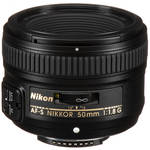 Over the years, as my love has matured, I’ve come to see just what a versatile tool the 50mm lens is. Eventually, I picked up the Nikon 50mm f1.8D, and never looked back. (If I were buying today, I’d get the AF-S 50mm f/1.8G, which doesn’t cost much more.) It sees regular use these days, because it’s able to do so many things well, especially when you consider how inexpensive these lenses are.
Over the years, as my love has matured, I’ve come to see just what a versatile tool the 50mm lens is. Eventually, I picked up the Nikon 50mm f1.8D, and never looked back. (If I were buying today, I’d get the AF-S 50mm f/1.8G, which doesn’t cost much more.) It sees regular use these days, because it’s able to do so many things well, especially when you consider how inexpensive these lenses are.
Keep in mind, that if you have a DX crop sensor DSLR, you’ll want the Nikon 35mm f1.8 lens in order to get the same view as a 50mm on a full frame camera. Canon also has a 50mm f/1.8 lens as well as a 35mm f/2.0 AF lens.
50mm lenses are sharp, lightweight, compact and they have a very shallow depth of field if you’re shooting up close. They do have one big limitation, which is that you lose all depth of field effects at longer distances. This factor makes it a less than ideal choice for shooting sports and events, because at those kinds of distances, you can’t isolate your subjects from the background.
Once you come to terms with this limitation, you’ll find that the 50 can almost do it all. Here are some examples of how I use it.
Low Light Photography
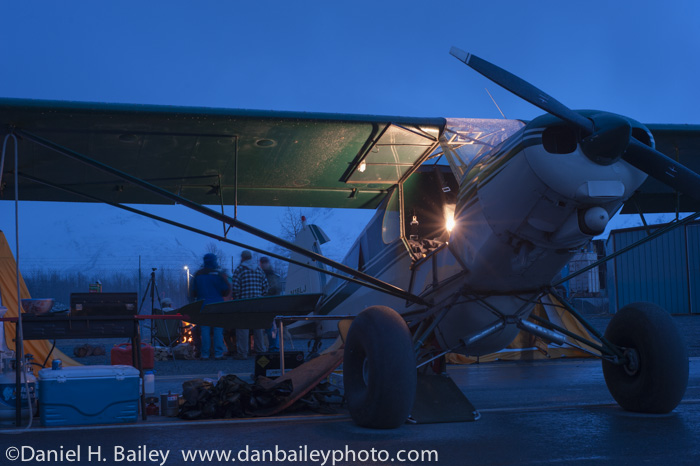 Since they’re so fast, (most fixed 50mms are either f/1.4 or f/1.8) they’re extremely usable at night, indoors and in darker conditions. Often times, you can even hand hold with a 50mm lens and still get sharp images in the dark. They make great lenses for shooting the northern lights and inside dark museums. Combine a 50mm with a remote flash and you have enormous creative options.
Since they’re so fast, (most fixed 50mms are either f/1.4 or f/1.8) they’re extremely usable at night, indoors and in darker conditions. Often times, you can even hand hold with a 50mm lens and still get sharp images in the dark. They make great lenses for shooting the northern lights and inside dark museums. Combine a 50mm with a remote flash and you have enormous creative options.
Travel Photography
I’ve used my 50mm lens extensively while traveling over the years. It’s so small and light that it takes up very little space in my camera bag. There’s no reason to leave it behind, especially since it offers such wide options for shooting inside, which you tend to do while traveling. Even outside, it has a very nice way of portraying the view that’s right in front of your eye. It’s easy to compose photos with 50mm lens, because it has a very similar angle of view and perspective to that of the human eye.
Portraits and People
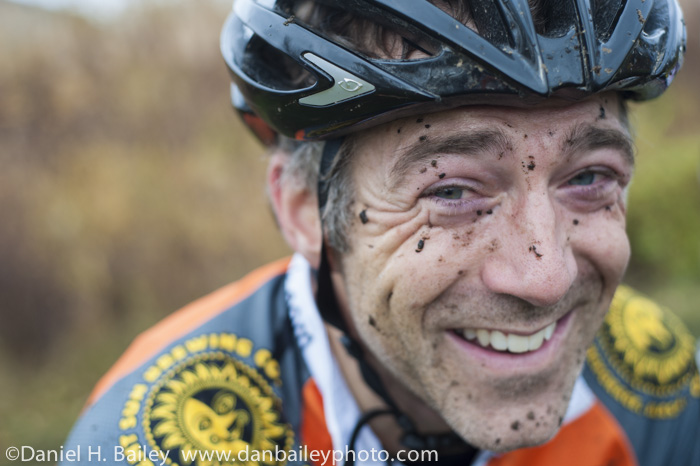 The 50 is an awesome lens for portraits. Get in close, and it will give you incredibly gorgeous bokeh. It will blur the background and make your subjects stand out beautifully against a soft wash of color. It also has a closer working distance than a telephoto lens, and it lets you shoot at slower shutter speeds, which makes it more usable when the light varies.
The 50 is an awesome lens for portraits. Get in close, and it will give you incredibly gorgeous bokeh. It will blur the background and make your subjects stand out beautifully against a soft wash of color. It also has a closer working distance than a telephoto lens, and it lets you shoot at slower shutter speeds, which makes it more usable when the light varies.
Back up a little bit and the 50 lets you show some of the environment. Not too much, just enough to help flesh out the story of your subject. Also, since depth field begins to widen out at medium distances, your background subject becomes more discernible.
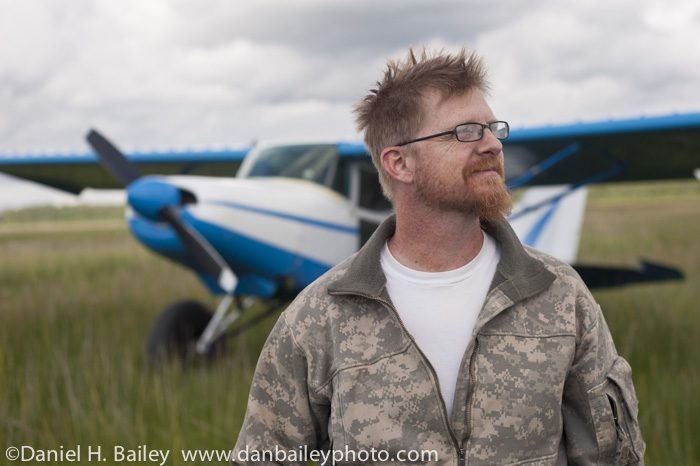
Closeups and Details
Move in even closer and your depth of field becomes very shallow, which creates the ideal effect for closeup photography and shooting still life subjects. It won’t get you as close a macro lens, just close enough to isolate your subject matter against a very soft background.
Studio Photography
Since it has a relatively narrow angle of view, 50mm lenses are ideal for use in small or home studios, where you don’t have a ton of space. With a 50mm, you don’t even need a big roll of seamless to create professional looking studio shots. I shot this in front of a 3-foot wide background. That’s plenty of room to do portrait work.
Landscapes
 I don’t use my 50mm lens all that often for landscape photography, but sometime it gives me just the right view that I’m looking for. Since it closely replicates the way that your eyes see, it lets you focus on what’s right in front of you, without worrying about all the distractions in your peripheral vision.
I don’t use my 50mm lens all that often for landscape photography, but sometime it gives me just the right view that I’m looking for. Since it closely replicates the way that your eyes see, it lets you focus on what’s right in front of you, without worrying about all the distractions in your peripheral vision.
Adventure and Sports
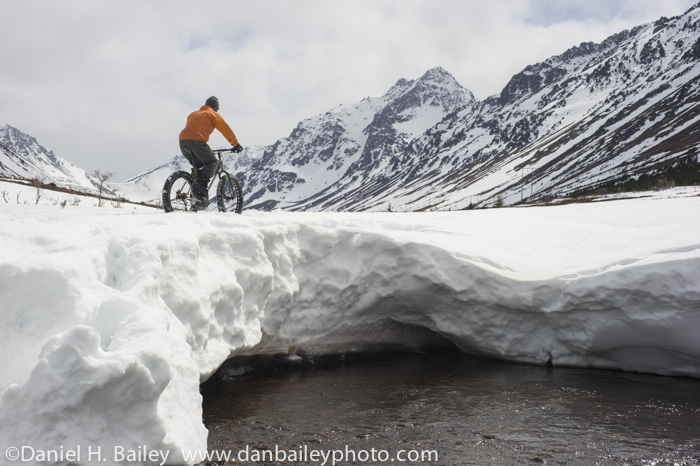 It can be tricky to shoot adventure and sports subjects with your 50mm lens, but if you approach it right, you’ll get great results. Remember, since you lose all depth of field effects at longer distances, you can’t make your subjects pop against the background. Don’t try to shoot that way, switch your thinking and treat your 50 like it’s a wide angle lens. Shoot the broad scene and try to show how your subjects relate with their environment. Show how they fit into the bigger world.
It can be tricky to shoot adventure and sports subjects with your 50mm lens, but if you approach it right, you’ll get great results. Remember, since you lose all depth of field effects at longer distances, you can’t make your subjects pop against the background. Don’t try to shoot that way, switch your thinking and treat your 50 like it’s a wide angle lens. Shoot the broad scene and try to show how your subjects relate with their environment. Show how they fit into the bigger world.
Support this site: If you don’t have a 50mm lens, I’d highly recommend getting one. It’s an inexpensive, yet valuable investment in your photography. If you do, consider visiting and purchasing gear through these links. It doesn’t cost you anything extra, and it help cover the costs, effort and time that it takes to run this site and produce these reviews and articles. As always, thanks for reading!
[iframe]<iframe width=”120″ scrolling=”no” height=”240″ frameborder=”0″ style=”border:none;” border=”0″ src=”http://mer54715.datafeedfile.com/widget/aff_widget_prdt_generate-2.0.php?aff_num=6746&aff_net=1&widget_num=4545&sid=” marginheight=”0″ marginwidth=”0″></iframe><iframe width=”120″ scrolling=”no” height=”240″ frameborder=”0″ style=”border:none;” border=”0″ src=”http://mer54715.datafeedfile.com/widget/aff_widget_prdt_generate-2.0.php?aff_num=6746&aff_net=1&widget_num=4546&sid=” marginheight=”0″ marginwidth=”0″></iframe><iframe width=”120″ scrolling=”no” height=”240″ frameborder=”0″ style=”border:none;” border=”0″ src=”http://mer54715.datafeedfile.com/widget/aff_widget_prdt_generate-2.0.php?aff_num=6746&aff_net=1&widget_num=4548&sid=” marginheight=”0″ marginwidth=”0″></iframe><iframe width=”120″ scrolling=”no” height=”240″ frameborder=”0″ style=”border:none;” border=”0″ src=”http://mer54715.datafeedfile.com/widget/aff_widget_prdt_generate-2.0.php?aff_num=6746&aff_net=1&widget_num=4547&sid=” marginheight=”0″ marginwidth=”0″></iframe>[/iframe]

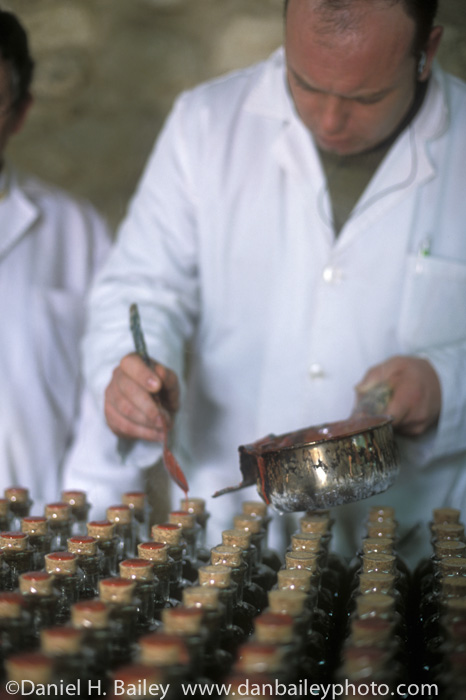
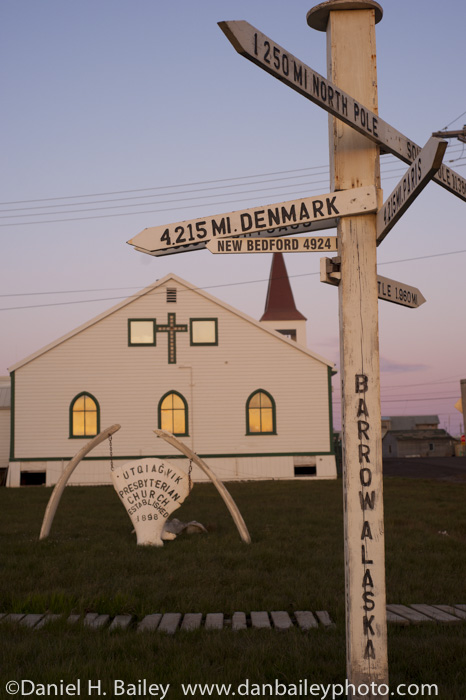


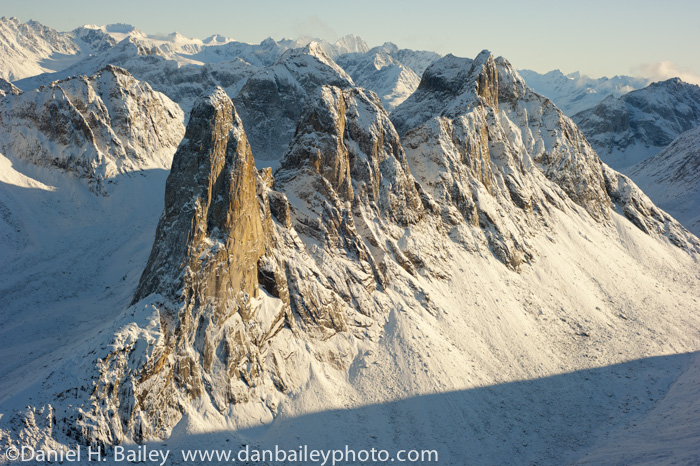
I was more upset the time when the AF-motor on my 50mm prime died than the time when my kit-lens gave up the ghost. I can’t wait to see how my photos “change” when I put the prime on a full-frame camera. Thanks for your post, Dan!
Ah yes, what memories you stir in this old guy! I well remember when my 50mm f/1.4 lens was the only one I had for my first SLR, a Honeywell Pentax H-3. Most of us had 40mm lenses because they came with the camera back then, and we shot everything with them. Versatile, yes! And, as you say, they still are. I prefer the Nikkor 50mm f/1.4 over the f/1.8 version, and have that one. But the f/1.8 version is a super bargain, for sure. Thanks for the memories. I need to use mine more!
The Canon 50mmf1.8 is garbage. Built poorly, focuses slowly, and not all that sharp unless closed way down. Get Canon’s 1.4. Totally agree that Nikon’s different 50mmf1.8 lenses are wonderful.
[…] me, it’s my 50mm lens. I know I keep talking about how much I’ve grown to love my nifty fifty over the years, but the truth is that it’s still my least used lens, so every time I pull it […]